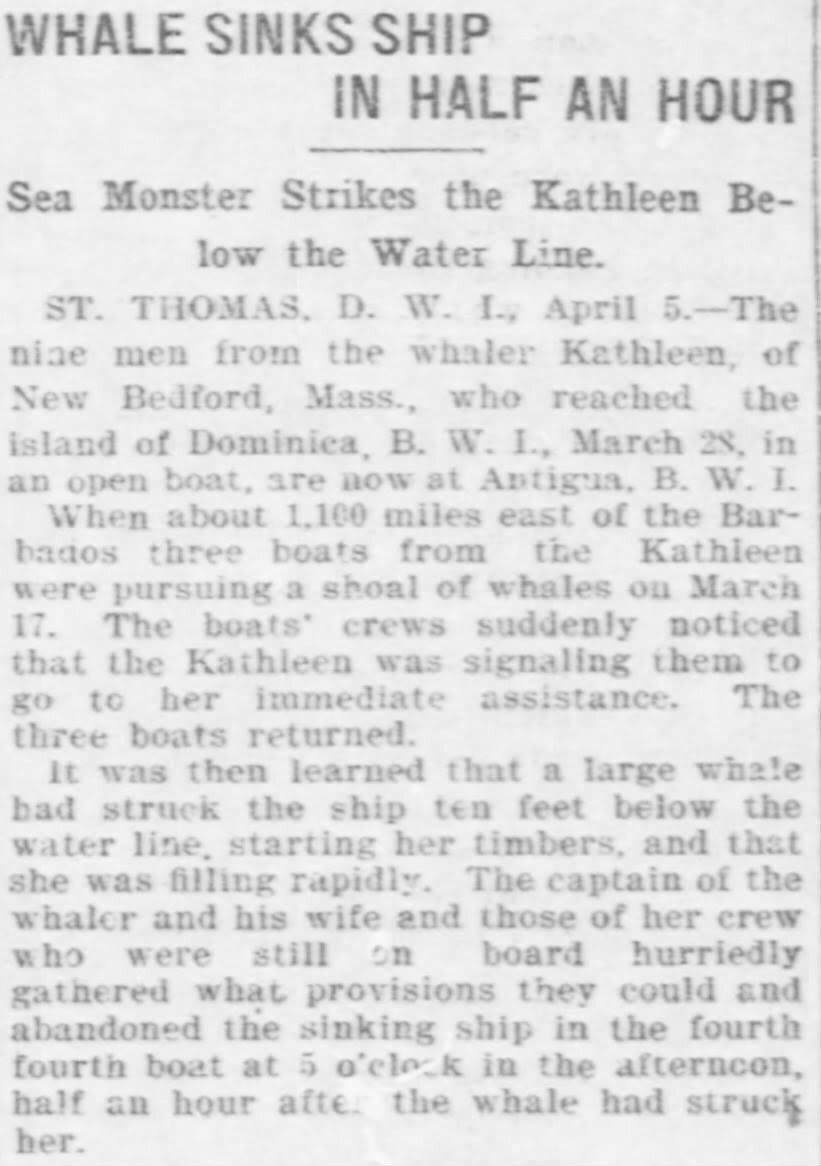
22 Mar Genealogist Newsletter- March 25, 2023
Contents
- 1 Genealogist –HOW EARLY MODERN EUROPEANS VIEWED PREGNANCY AND THE WOMB– Genealogist
- 2 Genealogist –ANOTHER WEALTHY IN PERSON YOU PROBABLY NEVER HEARD ABOUT– Genealogist
- 3 Genealogist HAS A U.S. PRESIDENT EVER BEEN ARRESTED? Genealogist
- 4 Genealogist THE FAMED MEDIEVAL MAP THAT STRETCHED BEYOND EARTH TO HEAVEN, HISTORY, AND MYTH Genealogist
- 5 Genealogist KING BEEBE Genealogist
- 6 Genealogist WAS LUDWIG VAN BEETHOVEN ILLEGITIMATE? Genealogist
- 7 Genealogist YOUR ANCESTORS ARE WAITING TO BE DISCOVERED! Genealogist

 Genealogist –HOW EARLY MODERN EUROPEANS VIEWED PREGNANCY AND THE WOMB– Genealogist
Genealogist –HOW EARLY MODERN EUROPEANS VIEWED PREGNANCY AND THE WOMB– Genealogist
When the womb began to appear in printed images during the 16th century, it was understood through analogy: a garden, uroscopy flask, or microcosm of the universe. Rebecca Whiteley explores early modern birth figures, which picture the foetus in utero, and discovers an iconic form imbued with multiple kinds of knowledge: from midwifery know-how to alchemical secrets, astrological systems to new anatomical findings.
Read more Genealogist stuff here:
https://publicdomainreview.org/essay/picturing-pregnancy-in-early-modern-europe?utm_source=join1440&utm_medium=email
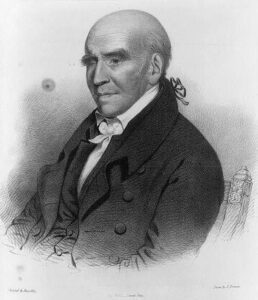
Genealogist –ANOTHER WEALTHY IN PERSON YOU PROBABLY NEVER HEARD ABOUT– Genealogist
Stephen Girard (May 20, 1750 – December 26, 1831; born Étienne Girard) was a naturalized American citizen, philanthropist, and banker of French origin. He singularly saved the U.S. government from financial collapse during the War of 1812 by personally financing the war. He is known to have been the first multi-millionaire in U.S. history. He is estimated to have been the fourth richest American of all time, based on the ratio of his fortune to current GDP. Childless, he devoted much of his wealth to philanthropy, particularly the education and welfare of orphans. His legacy is still felt in his adopted home of Philadelphia, and his estate continues to fund philanthropic endeavors to this day.
Genealogist!
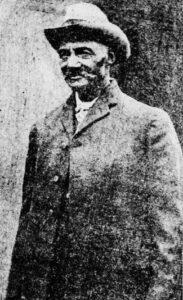
Genealogist HAS A U.S. PRESIDENT EVER BEEN ARRESTED? Genealogist
A Genealogist’s Story: In all of American history, only one president has ever been arrested while in office. The year was 1872 and President Ulysses S. Grant found himself caught on the wrong side of the law by William H. West (pictured).
West was born in Prince George’s County, Maryland. In his youth, he was enslaved. He later fought in the American Civil War in Company K, 30th United States Colored Infantry formed in May 1863, which later fought in the Battle of the Crater. He was one of two Black policemen working for the Washington DC Police Department during Reconstruction. He was later remembered as “gentlemanly” and fond of good horses, especially fast ones. West was appointed to the Metropolitan police force on August 1, 1871.
In one version of various stories relating to West and Grant, in 1872 West was patrolling on foot near 13th and M Streets in Washington DC, when he stopped the President for speeding in his horse and buggy and released with a warning for excessive speed. The next day, West observed Grant repeating the behavior, and arrested him, saying the following:
I am very sorry, Mr. President, to have to do it, for you are the chief of the nation and I am nothing but a policeman, but duty is duty, sir, and I will have to place you under arrest.
Grant was taken to the police station and released on a $20 bond (equivalent to $450 in 2021). Grant did not contest the fine or arrest. He never showed up for court. What would a gemologist do!
 Genealogist THE FAMED MEDIEVAL MAP THAT STRETCHED BEYOND EARTH TO HEAVEN, HISTORY, AND MYTH Genealogist
Genealogist THE FAMED MEDIEVAL MAP THAT STRETCHED BEYOND EARTH TO HEAVEN, HISTORY, AND MYTH Genealogist
Thought to have been created around 1300 CE, the Hereford Mappa Mundi is the largest surviving complete map of the medieval world. Named for Hereford Cathedral where the map is housed today, the extraordinary document offers insight into the minds of Christian Europeans in the Middle Ages, revealing the extent to which their understanding of the world was shaped by stories from the Bible and the Classics. In this video essay, the US graphic designer and video producer Jeremy Shuback explores the map’s structure and the breadth of its illustrations, detailing how this imaginative piece of medieval cartography binds history, geography, mythology and religion to form an invaluable sketch of the Middle Ages.
This 5-minue video is worth watching:
https://aeon.co/videos/the-famed-medieval-map-that-stretched-beyond-earth-to-heaven-history-and-myth
 Genealogist KING BEEBE Genealogist
Genealogist KING BEEBE Genealogist
Samuel Beebe (1631-1712) left Broughton, Northamptonshire, England in 1650, sailing to the Massachusetts Bay Colony. After settling for a time in New London, Connecticut, he eventually ended up on Plum Island, a small island in Long Island Sound. Samuel was able to accumulate enough wealth to purchase the western half of Plum Island about 1700.
After Samuel Beebe died in 1712, his Plum Island holdings were inherited primarily by Samuel Beebe Jr. Samuel Jr. lived a wealthy, comfortable life on Plum Island. He was called King Beebe, and the Lord of the Islands. A large rock located in the water just off Plum Island was referred to as Beebe’s Throne.
Unfortunately, Samuel Jr. got himself embroiled in a complicated tangle with the law and basic ethics when he decided that he had the right of ownership over an African American woman and her children.
Samuel’s in-laws, James and Elizabeth Rogers of Connecticut, owned an enslaved woman named Joan. In James Rogers’ will, he specified that none of his slaves should be “sold or given away in lifelong bondage”. After his death, his wife Elizabeth decided nevertheless to give Joan to her daughter Elizabeth instead of a monetary inheritance, to serve in Elizabeth’s house until her mother’s death. Joan had lived for a time as a free woman, and married a free black man named John Jackson, with whom she had several children.
Samuel Jr. decided that he was entitled to ownership not only of Joan, but also her children. In 1710 he seized Joan and one of her sons, and brought them back to Plum Island. Two of the Rogers sons fought the seizure in court, but Samuel’s actions were judged legal. In 1711 Joan, her son, and a newborn daughter were able to escape Plum Island. Joan’s husband John traveled on a small boat, under cover of darkness, across the Sound to Beebe’s Plum Island home. Sneaking into the house, he was able to retrieve his wife and two children without waking the Beebe family. Joan was taken to Connecticut and quickly moved on to hide in Rhode Island.
Samuel was so outraged at his loss of “property” that he hired two men and traveled north to Connecticut to find Joan, eventually tracing her movements to Rhode Island. The governor there forced their return to Beebe, who successfully prosecuted his wife’s brother John Rogers and Joan’s husband John, for aiding in the escape. John Rogers was jailed from September 1711 to March 1712. Beebe sold Joan to his attorney John Livingston, within two weeks of her recapture. Although Joan and John Jackson were reunited for several years, Joan tragically never regained her freedom, and was again sold years later.
John Rogers and his brother James are considered among the first American political activists who worked against slavery. They come to us as one of the positive aspects of the story of King Beebe.
The picture above is of George Bradford Brainerd (American, 1845–1887). Lighthouse Keeper, Plum Island, Long Island, 1879. Collodion silver glass wet plate negative. Brooklyn Museum.
 Genealogist WAS LUDWIG VAN BEETHOVEN ILLEGITIMATE? Genealogist
Genealogist WAS LUDWIG VAN BEETHOVEN ILLEGITIMATE? Genealogist
Read the story at the attached link:
 Genealogist YOUR ANCESTORS ARE WAITING TO BE DISCOVERED! Genealogist
Genealogist YOUR ANCESTORS ARE WAITING TO BE DISCOVERED! Genealogist
Reach out to Genealogist Dancestors and let us research, discover, and preserve your family history. No one is getting any younger, and stories disappear from memory every year and eventually from our potential ability to find them. Paper gets thrown in the trash; books survive! So do not hesitate and call me @ 214-914-3598. YOUR family Genealogist!



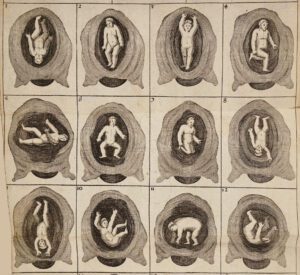 Genealogist –HOW EARLY MODERN EUROPEANS VIEWED PREGNANCY AND THE WOMB– Genealogist
Genealogist –HOW EARLY MODERN EUROPEANS VIEWED PREGNANCY AND THE WOMB– Genealogist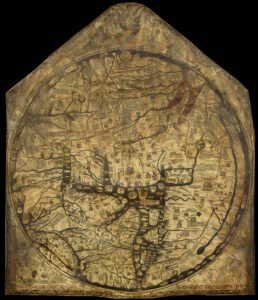 Genealogist THE FAMED MEDIEVAL MAP THAT STRETCHED BEYOND EARTH TO HEAVEN, HISTORY, AND MYTH Genealogist
Genealogist THE FAMED MEDIEVAL MAP THAT STRETCHED BEYOND EARTH TO HEAVEN, HISTORY, AND MYTH Genealogist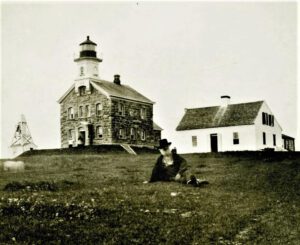 Genealogist KING BEEBE Genealogist
Genealogist KING BEEBE Genealogist Genealogist WAS LUDWIG VAN BEETHOVEN ILLEGITIMATE? Genealogist
Genealogist WAS LUDWIG VAN BEETHOVEN ILLEGITIMATE? Genealogist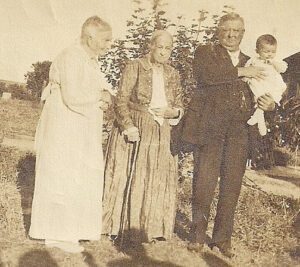 Genealogist YOUR ANCESTORS ARE WAITING TO BE DISCOVERED! Genealogist
Genealogist YOUR ANCESTORS ARE WAITING TO BE DISCOVERED! Genealogist